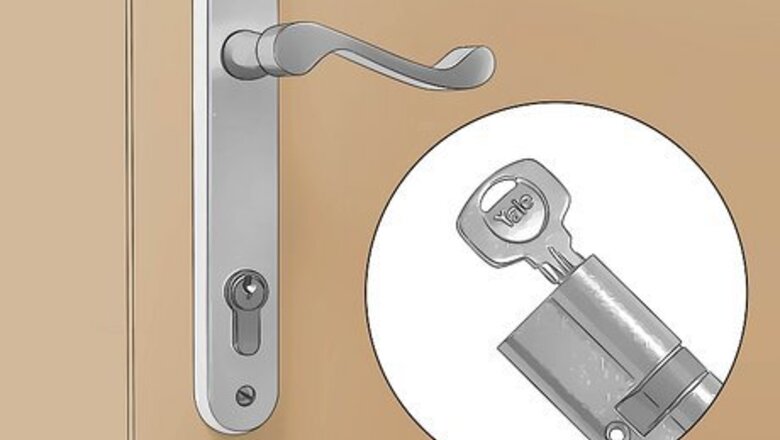
views
Prepping to Replace the Lock
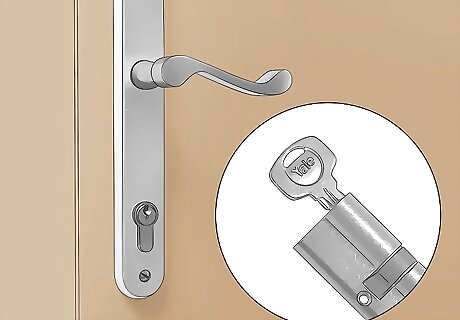
Identify the kind of lock you have. There are different variations for upvc door locks, so initially, try to identify the brand of the lock on your door. Some common brands include Avocet, Fulltex GU Ferco, Mila, Roto, and Yale, just to name a few. Knowing the brand of the lock will help tremendously in finding a replacement lock. Upvc door locking points can come in various styles (hook, deadbolt, pins, etc.). However, regardless of the intricacy and style of the locking point, the lock cylinder is normally the universal portion of the lock that gets replaced.
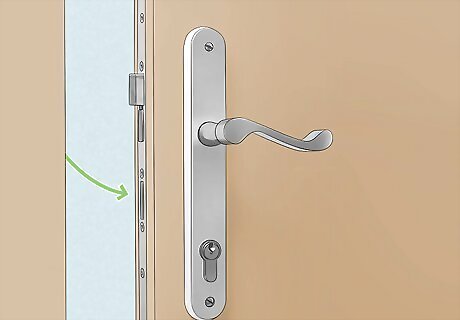
Unlock and open your door. Open your door so you can see the inside edging of the door and the side of the lock faceplate. You will need to have full access to the side of the lock faceplate to detach the lock.
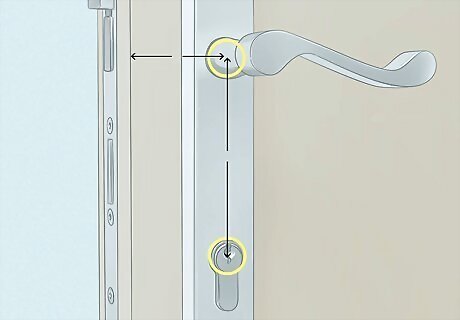
Measure your lock. Usually, upvc locks are sized and measured using two standard reference points. The first point of measurement is from the center of the circular portion of the keyhole on the front of the door, up to the center of the square spindle (the connection point where the handle of the door is located). This is called the PZ measurement. The second point of measurement is from the center of the circular portion of the keyhole, to the edge of the lock plate (the exposed plating on the inside edging of the door). This is called the backset measurement. Some locks will have two spindle holes, but always take the measurement from the upper spindle hole. A common example of measurement dimensions is 35 millimeters for the backset, and 92 millimeters for the PZ. Depending on the width of the door, the length of the locking cylinder may vary. To measure the length of the cylinder, measure horizontally across the width edge of the door, from one keyhole to the other (interior keyhole to the exterior keyhole).
Replacing the Lock
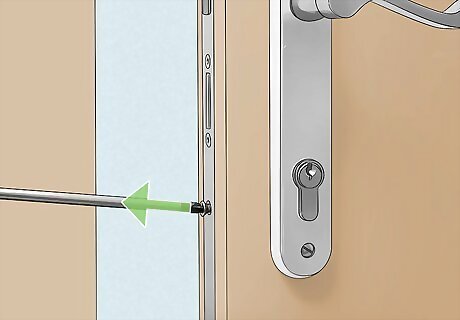
Remove the retaining screw. Located in the faceplate on the side of the door, the retaining screw is usually even with the bottom of the lock cylinder and keyhole. Use a screwdriver to twist the retaining screw to the left, loosen it, and remove it from the faceplate. This screw is what holds the lock in place. The lock cylinder is the portion of the lock within the door. It is the encasing into which the key is inserted through the keyhole.
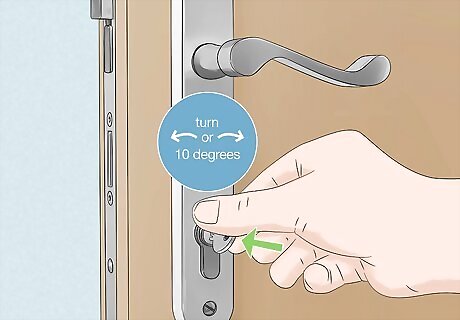
Insert the key into the lock. Once the key is in the lock, turn the key either right, or left about 10 degrees. The direction of your turn will vary depending on which side of the door you’re on. You’re turning the key only about 10 degrees so you can line up the cam (the inner latch of the lock) with the body of the lock, and remove the lock cylinder smoothly. This part takes a little bit of trial and error, so try turning the key both directions.
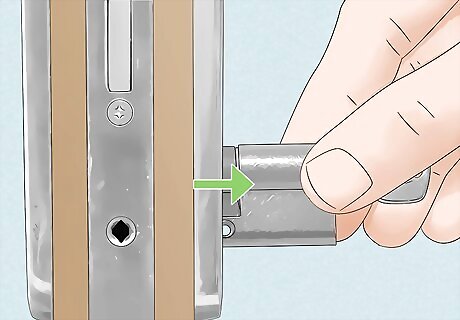
Remove the cylinder. Experiment with gently wiggling and tugging on the key while it’s inserted in the lock and turned to both the right and left positions. In one of the turn positions, the lock cylinder should start to come loose with moderate tugging. Once the cylinder comes loose, pull it toward you, out of its socket.
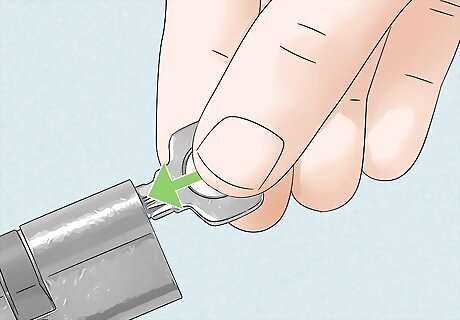
Put the key into the new cylinder. Now that the original lock cylinder has been removed, take out the key from the original cylinder, and place it into the new lock cylinder. The new lock cylinder can only be secured into place with the key situated inside.
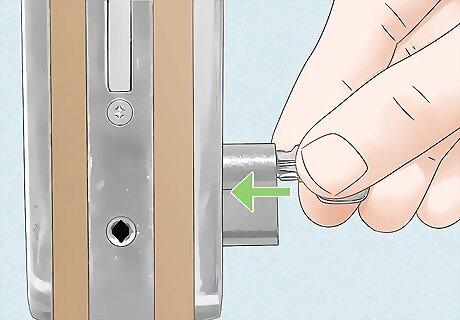
Replace the lock. Turn the key in the new cylinder so the lock cam is flush with the body of the cylinder. The cam needs to be flush with the cylinder body so it can fit smoothly back into the empty socket. Insert the new cylinder all the way into the socket, just as the old cylinder was positioned. Turn the key a little bit so the lock cam can correctly position itself within the socket. Leave the key in the lock. You are essentially reversing the steps you took to remove the original lock cylinder.
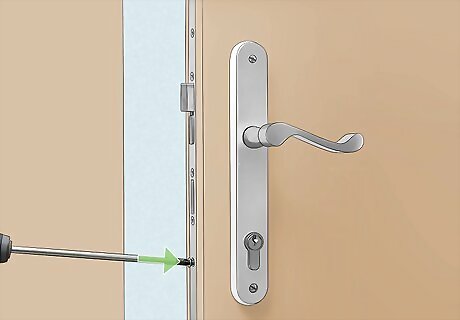
Screw the retaining screw back into the lock faceplate. Insert the retaining screw back into the screw hole. Use a screwdriver to twist the screw to the right, and secure it back into place. Test the lock by turning the key both right and left a few times, and gently tug on the key when it is turned to both the right and left position. This tests to see if the lock cylinder is secured in place. Only remove the key from the lock once the retaining screw is secured back into place.











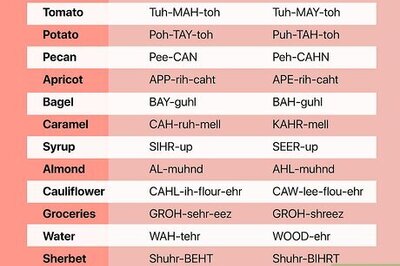






Comments
0 comment